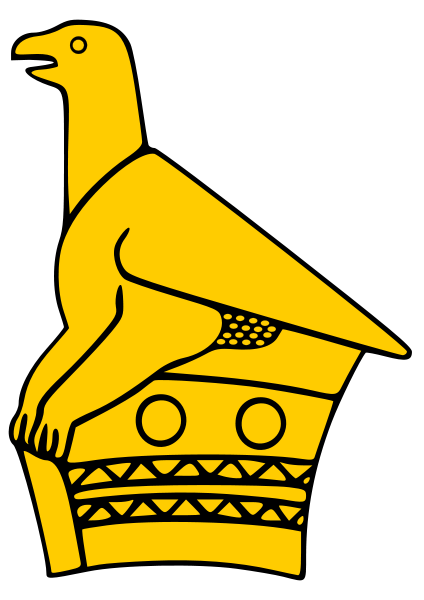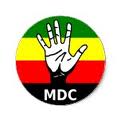Pioneer Days
What was the first incident?
Selous (1896: 19-23) gives the longest account of the first murders in Matabeleland in 1896. His account is revealing about the state of mind of the locals as well as the whites in addition to providing a great deal of primary data regarding the actual murder that contradicts many popular accounts so we will quote from it at length.
"Eight native policemen, acting on instructions of Mr. Jackson [Native Commissioner] arrived at the town of Umgorshlwani, situated in the hills near the Umzingwani River… They were sitting talking over their fires after the evening meal, when a number of Matabele came up, and ranging themselves in a line in front of them, commenced to dance. These men all carried knob-kerries, and were led by a man named Umzobo… [They] soon showed that they had come to dance before the representatives of the law with a purpose, that purpose being to pick a quarrel with them. They soon commenced to 'jia', or point with their sticks; then one of them ran out of the line, and coming close up to the police, stooped forward, and drawing his left hand rapidly backwards and forwards across his throat, said 'You are killing us, you are killing us; why don't you cut our throats and end it?' Then another ran out, and repeating the formula, 'you are killing us,' pressed his finger on his temple and said: 'Why don't you shoot us? Why don't you put the bullet in just here?' The expression, 'you're killing us' so frequently used by Umzobo's men, meant 'you're making life unpleasant to us by enforcing the Company's laws.
When these hostile demonstrations had gone on for some time, the sergeant in charge of the police told Umzobo that he had better take his men away, and tell them to go to sleep as nobody wanted to fight with them; but his words were without effect, and the dancing was still going on, when one of the policemen saw a man creeping stealthily towards them round the back of the cattle kraal. At once suspecting mischief, he jumped up, and calling to his comrades 'Look out, we're amongst enemies,' rushed upon the crouching figure that at once stood up and revealed a [man] armed with an assegai… the policeman caught hold of his wrist, whilst another guardian of the law who had followed close behind seized his other arm. They at once disarmed the man, and were putting the handcuffs on him, when a shot was fired out of the cattle kraal, aimed of course at the police, but so badly aimed that instead of hitting one of them, it struck their prisoner in the back, killing him almost instantly. Indeed he fell dead with the handcuff on one wrist. Immediately the shot was fired some of the police rushed to the kraal and almost succeeded in capturing the man who had fired, so nearly in fact that he dropped his rifle in his hurry to escape.
Umzobo and his men had now disappeared, and the police having collected together, were standing in the light of their cam fires uncertain what to do, when a volley as fired amongst them from the bush outside the kraal. None of the police were hit, but one of their blanket-carriers was shot through the head and killed on the spot. Not knowing the number of their unseen enemies, the representatives of the law then thought it advisable to beat a retreat."
The police reached the Native Commissioner's house early the next day and reported the incident. They found a small boy who had accompanied them was missing, and later found his body at the kraal, his head smashed in in a most brutal manner. Another policeman was murdered the same day, being shot and then stabbed at a neighboring homestead.
Selous concludes his account of the incident with the words: "I imagined that the disturbance was merely the outcome of local discontent, and little thought that this attack on native policemen was but the prelude to the most terrible massacre of Europeans that has ever yet taken place in a native rising in South Africa; and more than this, that even whilst I listened to the story, white men, women and children lay freshly murdered not many miles away."
The story continues next briefing… We'll look at the events in and around Bulawayo for both sides as well as exploring events in the Mberengwa and Gweru areas until August 1896. In the meantime, why not email us questions we could consider in other briefings on the events of 1896-97 or clarify points raised in this one.
Sourced from the Zanj Financial Network 'Zfn', Harare, Zimbabwe, email briefing dated 14 March 2011


 South Devon Sound Radio
South Devon Sound Radio Museum of hp Calculators
Museum of hp Calculators Apollo Flight Journal
Apollo Flight Journal Apollo Lunar Surface Journal
Apollo Lunar Surface Journal Cloudy Nights Classic Telescopes
Cloudy Nights Classic Telescopes The Savanna - Saffer Shops in London
The Savanna - Saffer Shops in London Linux Mint
Linux Mint Movement for Democratic Change
Movement for Democratic Change